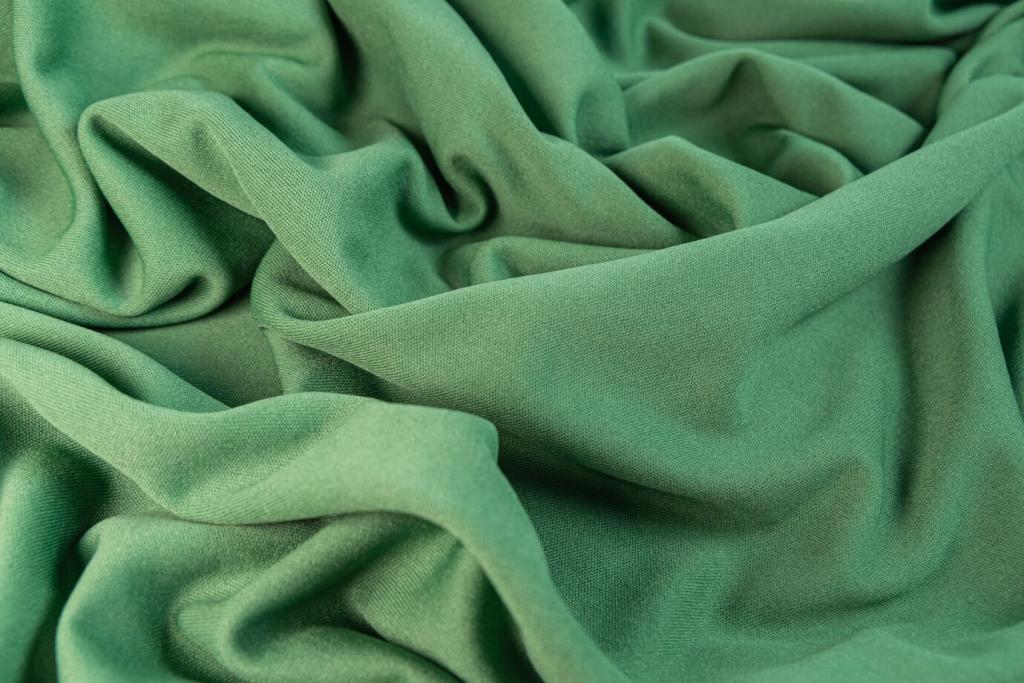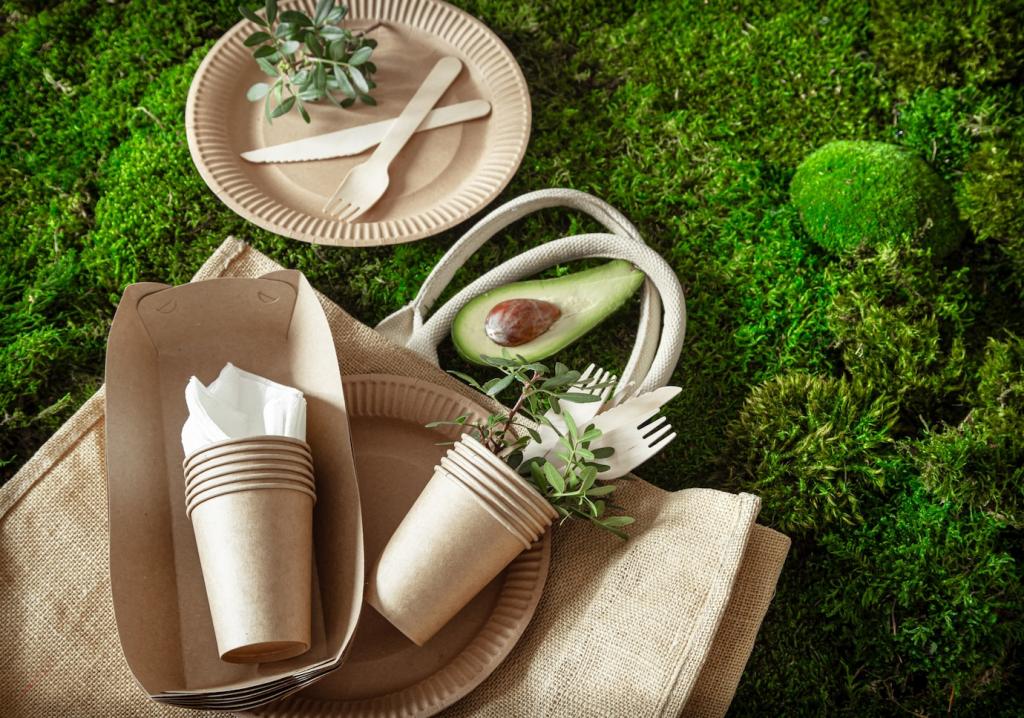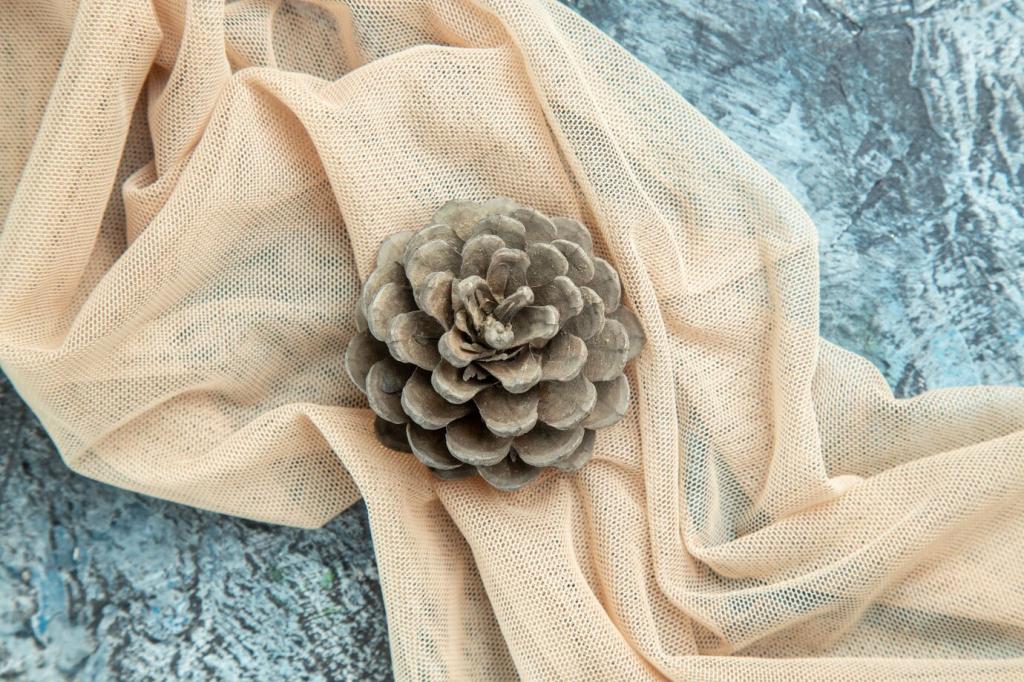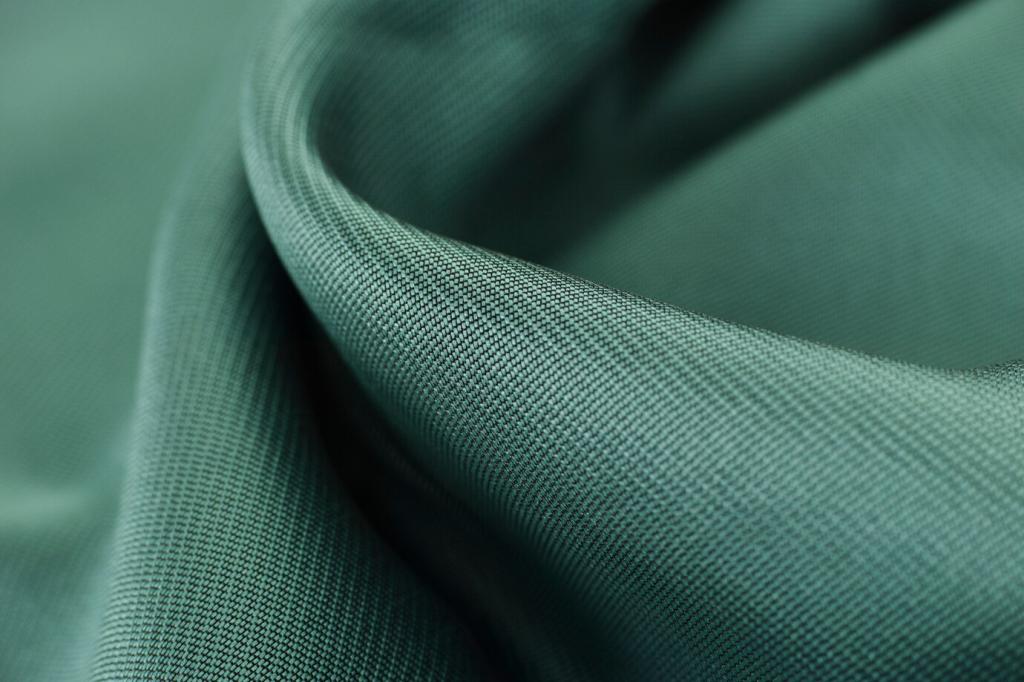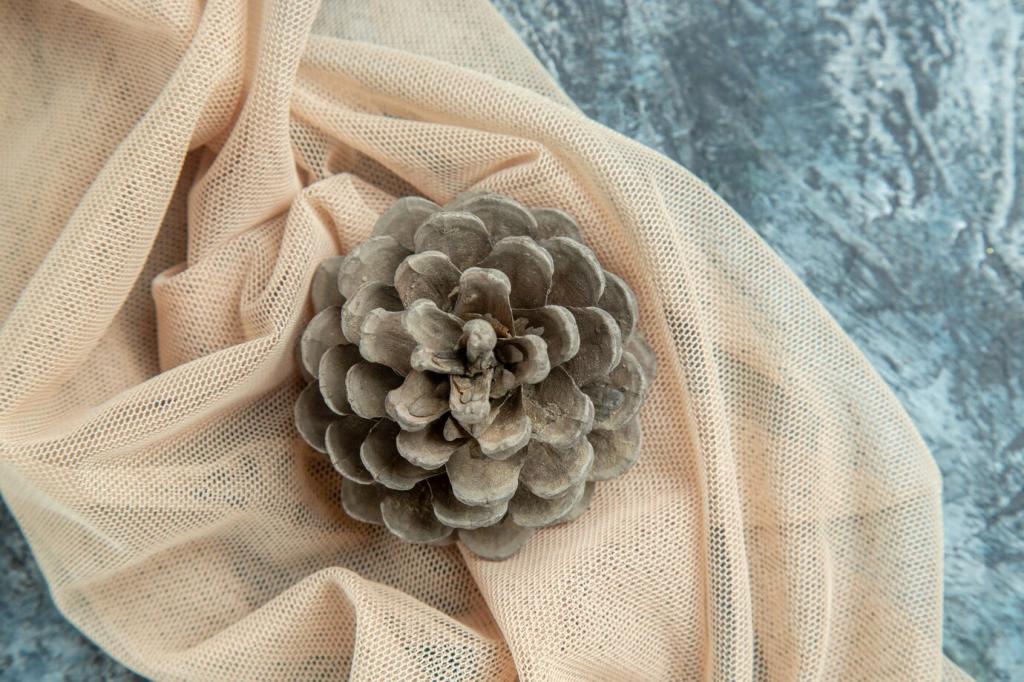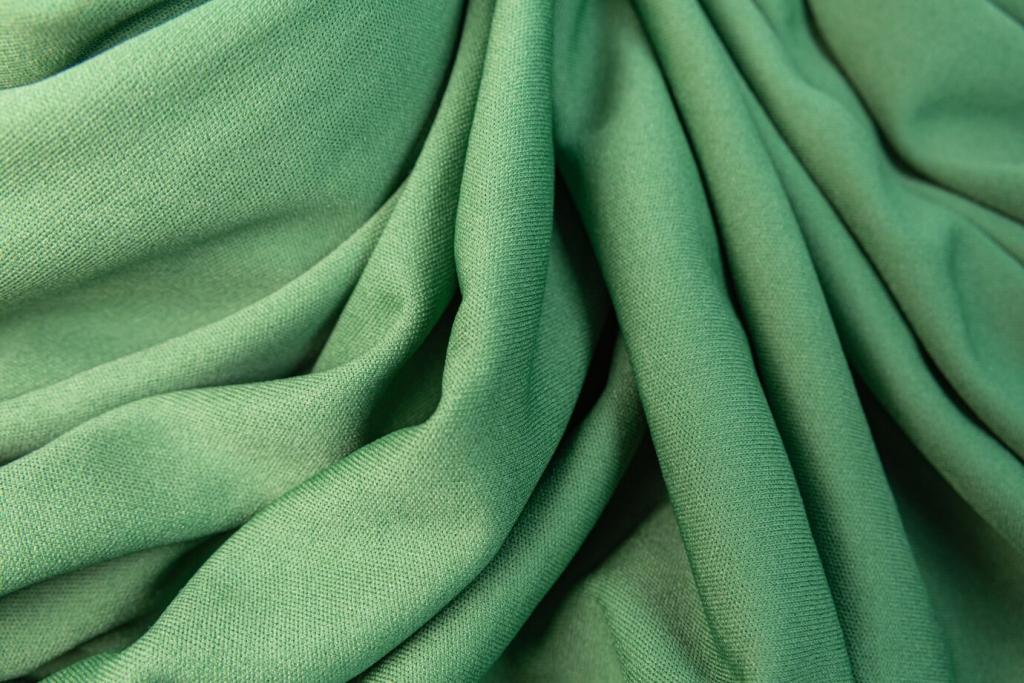Color That Lasts: Care and Maintenance for Naturally Dyed Garments
Wash cold with pH-neutral soap, turn garments inside out, and avoid overloading the machine. Expect a little early bleed; it’s normal. Wash similar colors together, and skip harsh stain removers. Share your favorite gentle detergent brands or homemade recipes in the comments.
Color That Lasts: Care and Maintenance for Naturally Dyed Garments
Ultraviolet light can shift plant-based hues. Dry in shade, store away from direct sun, and embrace the beautiful patina that emerges with wear. If fading occurs, consider a light re-dye or overdye session—turning care into a creative ritual with personal meaning.

